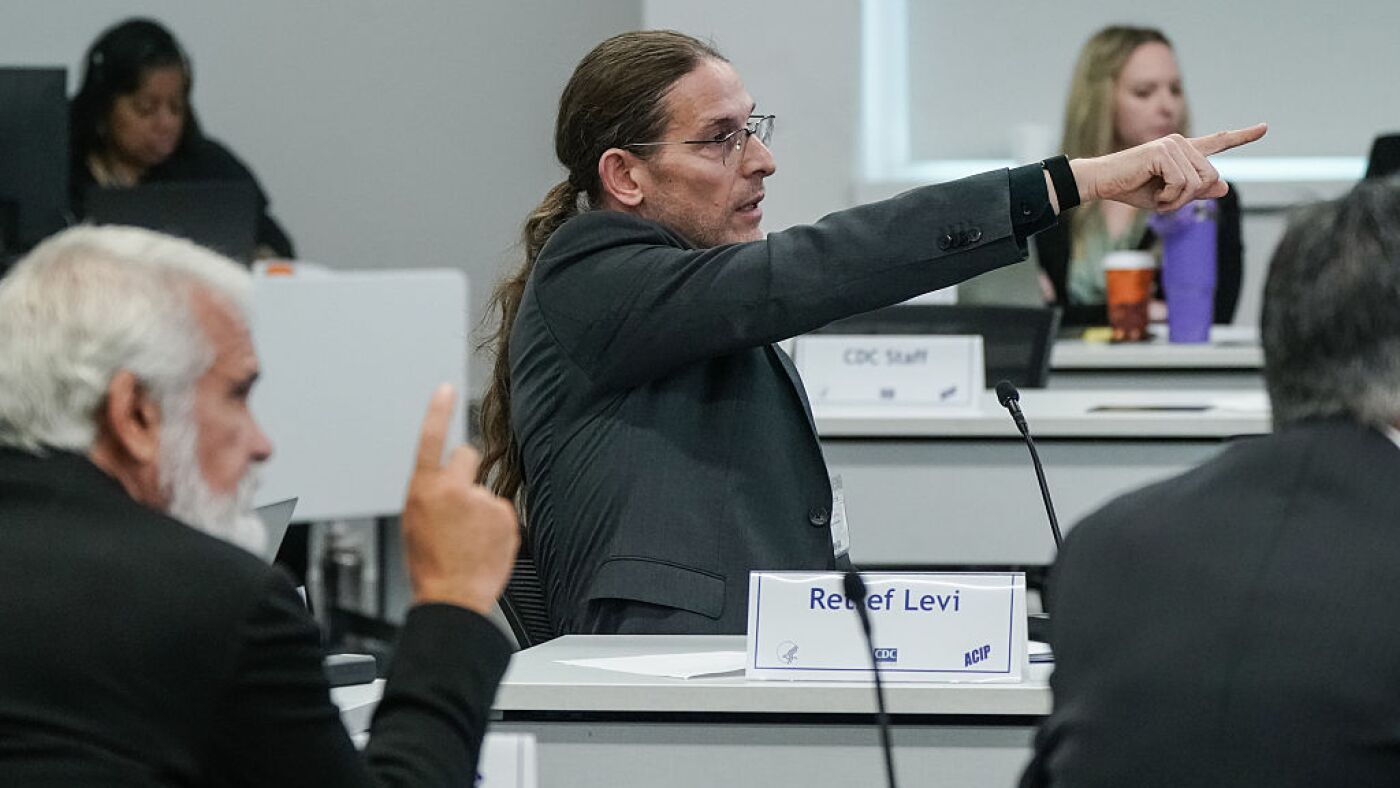Fawlty Towers: A Timeless Benchmark in Sitcom History
On September 19, 1975, the first episode of Fawlty Towers aired, marking the beginning of a sitcom thatwould become both a cultural touchstone and a source of influence for countless shows in the decades to follow. Now, as we reflect on its 50-year legacy, it’s hard to argue against the claim that Fawlty Towers remains the greatest British sitcom of all time.
The Genesis of Fawlty Towers
The inspiration for Fawlty Towers is steeped in a delightful anecdote. During the filming of Monty Python’s Flying Circus, the cast stayed at a hotel in Torquay, where they encountered an irascible proprietor who seemed to embody the very essence of Basil Fawlty. This initial experience offered a glimpse into the complexities of the character—a pompous, xenophobic, and often rude hotel owner who nevertheless commands a peculiar charm. John Cleese and Connie Booth, the show’s creators, brilliantly brought this character to life, crafting a narrative that resonates deeply with audiences even today.
Basil Fawlty: The Antihero
At the heart of Fawlty Towers lies Basil Fawlty, a character whose deeply flawed nature paradoxically makes him incredibly compelling. Through his negligence, pompousness, and neurotic behavior, Basil often drives situations to absurd extremes, making for comedic moments that are as uncomfortable as they are hilarious. His struggles reflect human weaknesses, often amplified by misunderstandings, leading to episodes that feel both meticulously scripted and unscripted in their chaos.
Basil’s charm lies in his moments of clarity amidst the pandemonium; he is never entirely wrong in his grievances, providing a mirror to our societal quirks. This resonates in our current era, enabling characters like Larry David in Curb Your Enthusiasm to reflect similar traits. Indeed, the "no hugging, no learning" ethos popularized by contemporaries like Seinfeld can trace its lineage back to the whirling absurdity crafted by Cleese.
The Performances
The genius of Fawlty Towers also lies in its uniformly brilliant performances. John Cleese’s physical comedy, Prunella Scales’s acerbic yet efficient portrayal of Sybil, and Andrew Sachs’s endearing portrayal of Manuel come together to create a comedic tapestry that resonates after all these years. Each actor plays a pivotal role, and their chemistry elevates the experience, making every episode feel like a masterclass in sitcom performance.
A Distinctive Tone
Unlike many sitcoms of its time, Fawlty Towers is rarely bingeable. This quality makes it akin to savoring a particularly spicy chili—delicious, but surely best enjoyed in moderation. Each episode is intricately crafted, often culminating in an overwhelming sense of discomfort that mirrors today’s anxieties. The show’s humor thrives on tension, expertly balancing laugh-out-loud moments with cringeworthy scenarios that leave viewers both entertained and slightly unsettled.
The Role of Gender
Another intriguing aspect of Fawlty Towers is its portrayal of gender roles. While Basil’s character embodies traditional male archetypes—authority, fragility, and insecurity—the female characters are often the backbone of the narrative. Sybil is fierce and effective, while Polly serves as a witty counterbalance. Their experiences not only provide depth to the storylines but also underline the complexities of relationships, making the show relevant even in contemporary discussions around gender dynamics.
A Lasting Legacy
Despite its brief run of just two seasons, Collins and Booth’s decision to conclude the series before it waned in quality has ensured its status as a classic. Modern sitcoms like The Office and Parks and Recreation have taken cues from this approach, understanding that less truly can be more.
The scarcity of Fawlty Towers adds allure. Its two seasons feel complete, each episode rich with humor and insight that continues to resonate across generations. The quality over quantity approach has become a guiding principle for many creators since, highlighting the importance of impactful storytelling rather than an exhaustive catalog.
Cultural Relevance in 2025
As we approach 2025, Fawlty Towers’ legacy continues to flourish. Recent ventures, such as the West End theater adaptation, showcase its enduring appeal. Unlike many modern reinterpretations, this production remains faithful to the original, offering audiences a nostalgic experience that captures the essence of the series while adapting to contemporary sensibilities.
What Fawlty Towers encapsulates is more than mere comedy; it is a portrait of human foibles, misunderstandings, and societal norms. Despite technological transitions and shifts in cultural contexts, the core anxieties and humor resonate with viewers as keenly today as they did in the 1970s.
Conclusion
In summation, Fawlty Towers stands as a paragon of sitcom excellence fifty years on. Its timelessness lies in its remarkable characters, intricately woven humor, and the ability to provoke thought alongside laughter. As audiences continue to revisit its episodes, it becomes evident that Fawlty Towers is not just a benchmark of British television but a universal reflection of life’s absurdities, making it one of the greatest sitcoms of all time. As we celebrate half a century since its debut, it is crystal clear: Fawlty Towers is an impeccably calibrated Swiss watch of cringe, forever locked in the annals of television history.









